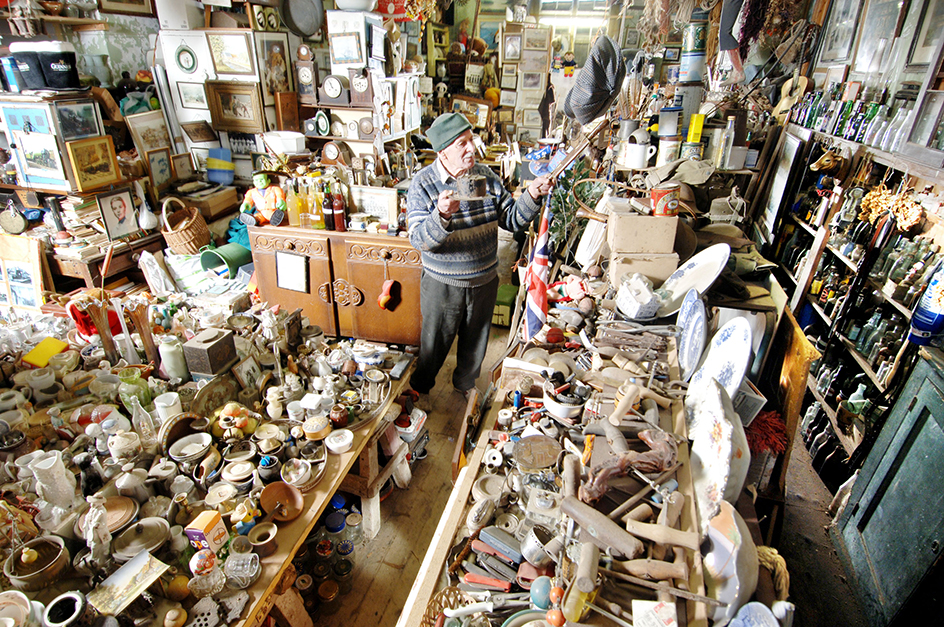Hoarding occurs when a person has strong urges or desires to collect and keep various items. Mental health experts traditionally recognize hoarding as a type of obsessive-compulsive disorder (see Obsessive-compulsive disorder ). People who suffer from compulsive hoarding feel distress when making a decision about what to do with an item. They are often reluctant to discard anything. They may have homes cluttered with clothing, garbage, mail, newspapers, toys, and other collected objects. The items collected often have little or no value or usefulness, except for the person who hoards them. Sometimes, the clutter can create a fire hazard or other dangerous living conditions.

Mental health experts estimate that 2 percent to 5 percent of the United States population shows some degree of hoarding behavior. Compulsive hoarding is a serious mental health condition. It affects family members and other people close to the person with the condition. Symptoms of hoarding behavior may start in childhood and increase with age. Some scientists suspect that there is a difference in brain structure among people who compulsively hoard compared with those who do not.
Physicians often treat compulsive hoarding with certain psychiatric medications. Many patients also benefit from cognitive behavioral therapy. Such therapy helps a patient examine the thoughts and behaviors contributing to hoarding and develop ways to resist them.
